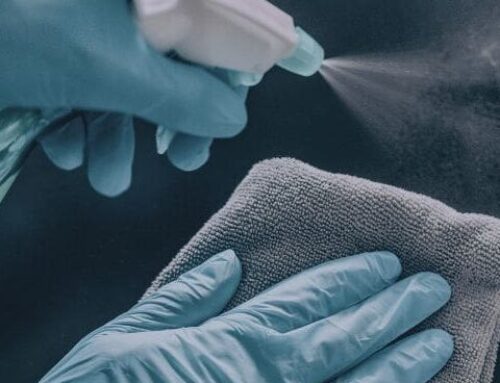Companies new to to the disinfectant industry may not know that disinfectants and sanitizers currently on the market are regularly tested by the EPA’s laboratory in Ft. Meade, Maryland, under the Antimicrobial Testing Program (ATP), to ensure efficacy.
When a product is selected for testing, active ingredient levels are analyzed to determine compliance with certified limits. If the product is in compliance, then efficacy is tested based on label claims. If the disinfectant product is approved for use in hospitals, tests must show that it is effective against both Staphylococcus aureus and Pseudomonas aeruginosa. Disinfectants that have tuberculocidal claims must be effective against Mycobacterium bovis.
If a product fails post-registration testing, the EPA will determine the appropriate action to be taken. Options include removal of the offending claim from the product label, voluntary cancellation of the product registration, voluntary removal of the product from the market place, or a stop-sale order. In instances of egregious chemistry or efficacy failures, the case may be referred to EPA’s enforcement division.
The program was the subject of great scrutiny in 2011, when EPA’s Office of the Inspector General issued a report entitled “EPA Needs to Assure the Effectiveness of Antimicrobial Pesticide Products,” which indicated that more than one-third of hospital disinfectants and half of tuberculocides failed ATP testing.




